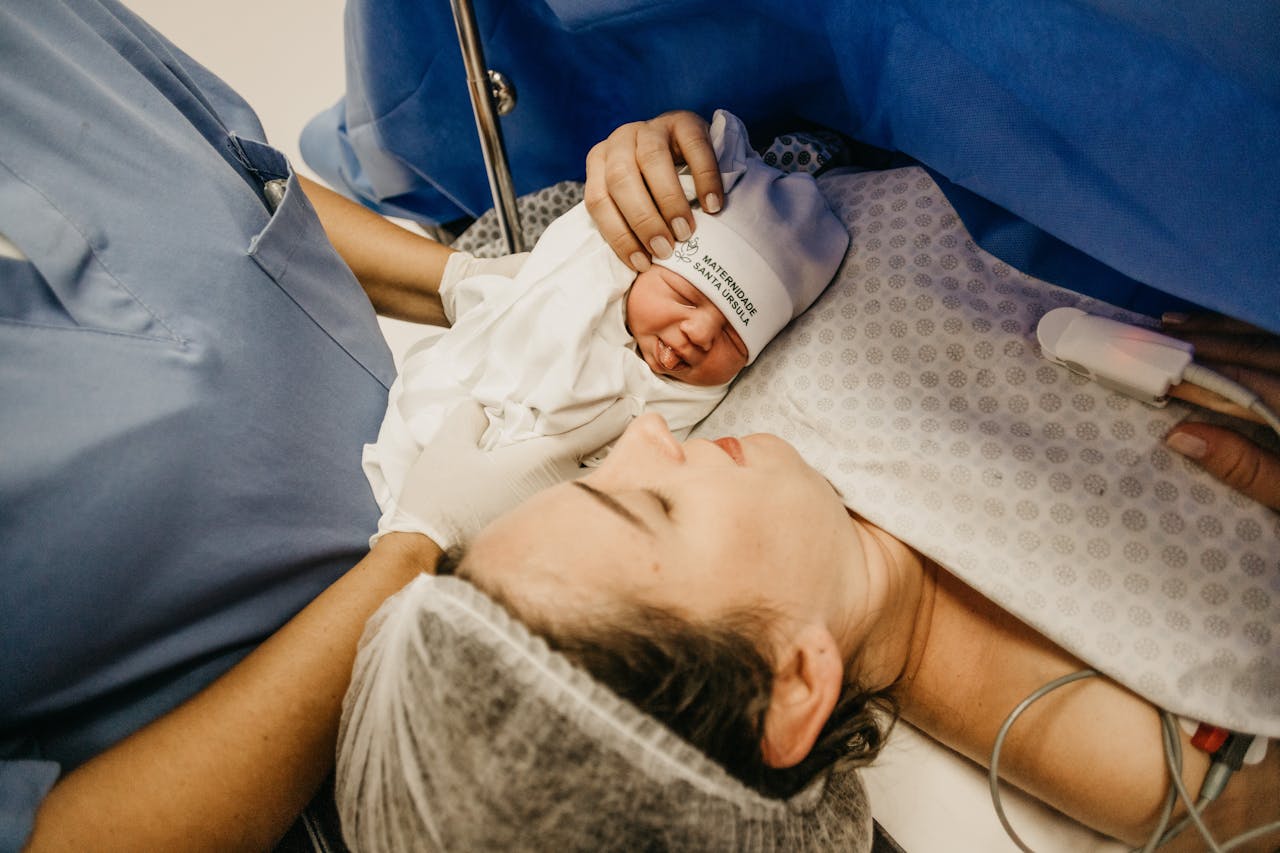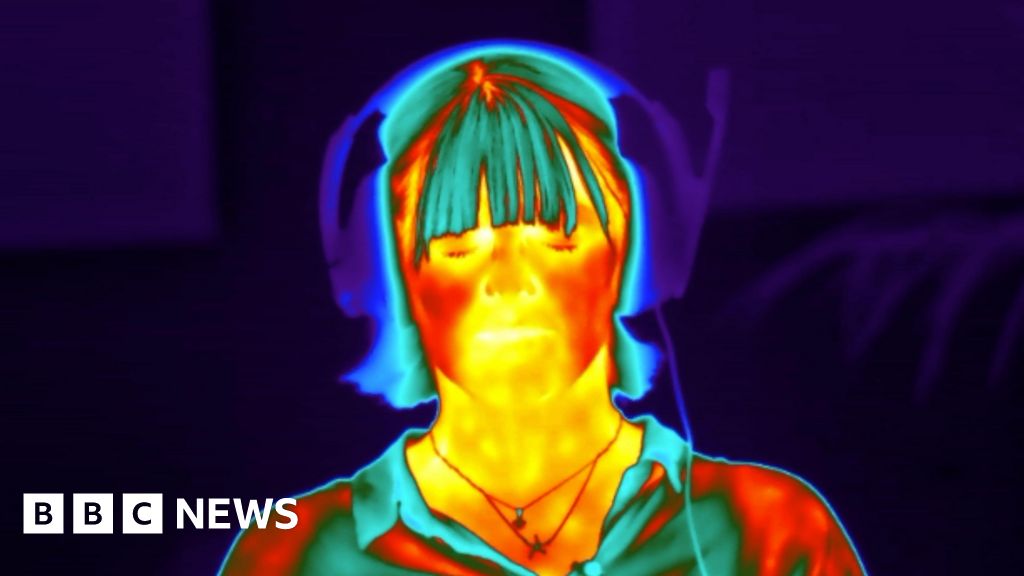Here’s all about World Thrombosis Day 2025. Know 7 early signs of blood clots you should never ignore to protect your health.

World Thrombosis Day is observed on October 13 every year in order to create awareness about thrombosis which is a scenario in which blood clots are formed in veins or arteries and may cause life-threatening conditions like heart attacks, strokes or pulmonary embolism.Blood clots can be preventable and even cured, of course, but early identification of the danger can help to save lives. Here’s what you should know.
What Is Thrombosis?
Thrombosis comes about due to the thickening of blood and clogging of blood within the blood vessels thus blocking blood flow. It may occur in deep veins (so-called deep vein thrombosis or DVT) or in arteries. Some of these factors such as prolonged immobility, surgery, smoking, obesity or underlying health conditions are risk determinants. The early signs are critical in understanding so that an early intervention can be done.
World Thrombosis Day 2025: 7 Early Signs of Blood Clots
Swelling in the Legs or Arms
Swelling of certain legs or arms which have no clear reason is another typical DVT symptom. The affected area can either hurt or feel heavy, and swelling is likely to appear slowly. In case of sudden and persistent swelling, you should seek the services of a doctor as soon as possible.
Pain or Tenderness
The pain associated with the clot usually begins in the calf or thigh and can be like cramping or soreness. This pain is in contrast to usual muscle pain, as it will not get better with rest or stretch. Early detection can be achieved by paying attention to localised pain which is not normal.
Red or Discoloured Skin
Blood clots may result in reddish or bluish or pale skin. The discolouration can also be accompanied by a warm feeling or a shiny look in the ailing part. This is not a good omen that can be overlooked.
Shortness of Breath
When a clot goes to the lungs (pulmonary embolism), it may result in the development of sudden shortness of breath, rapid heartbeat, and chest pains. Mild breathing problems are also to be considered, because pulmonary embolism is potentially fatal.
Chest Pain or Pressure
Clots in the heart arteries may cause chest discomfort, tightness or pressure that may extend to the shoulder, arm, or jaw. These symptoms resemble a heart attack and hence urgent medical response is important.
Persistent Cough or Coughing Up Blood
Sudden cough or coughing up blood without any particular cause can also be an indication of a clot in the lungs.This symptom needs close medical care to avoid severe complications.
Unexplained Fatigue or Dizziness
The subtle evidence of a clot manipulation of the circulation may include feeling unusually fatigued, lightheaded, or dizzy without an obvious cause.These symptoms, though non-specific, should not be ignored in case they do not appear gradually or improve.
Prevention is only achieved through early detection, which is a way of saving lives.
FAQs
How can blood clots be prevented?
Who is at risk of thrombosis?
What are the early signs of blood clots?
What is thrombosis?
Subscribe to Our Newsletter Today!











Leave a Reply